Panasonic has introduced two new travel compacts at CES 2016 in Las Vegas. The TZ100 is the first of Panasonic’s travel compacts to feature a one-inch type sensor. We look at how it compares with the TZ80, as well as how both compare with last year’s flagship model, the TZ70.
Panasonic tends to update its travel compact cameras at CES every year, and in 2016 that’s no different.
However, for the first time, we’ve got a travel compact with a one-inch sensor, inside the Panasonic TZ100. Panasonic says that it represents a new market in the compact camera market – a premium travel compact.
The company has also released a more traditional superzoom model, the TZ80. Here we take a look at the key differences in specifications (and price).
TZ100 vs TZ80 vs TZ70: Sensor
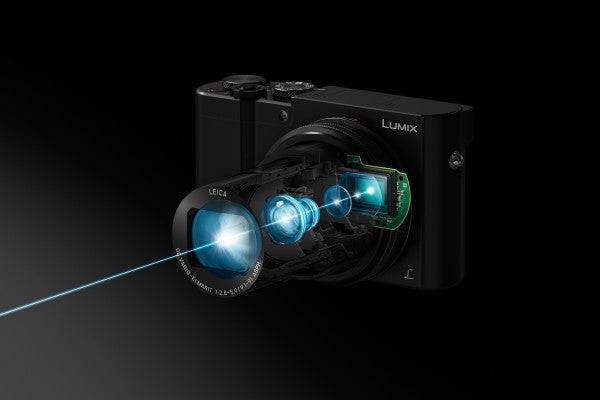
Probably the biggest difference between the three cameras is the sensor. The TZ100 has the largest, with a 20.1 million pixel, one-inch type High Sensitivity MOS sensor.
This makes it comparable with cameras such as the Sony RX100 IV and the Canon G7X, which also feature one-inch sensors. However, the Panasonic also features a 10x optical zoom.
Both the TZ80 and the older TZ70 have a smaller, 1/2.3 inch sensor, however, the newer TZ80 has a higher pixel count of 18 million pixels. Last year, when the TZ70 was launched, Panasonic reduced its pixel count to 12 million – so it’s interesting to see it put it back up again. Panasonic claims that the sensor technology inside the TZ80 gives it higher image quality than the TZ70.
TZ100 vs TZ80 vs TZ70: Lens
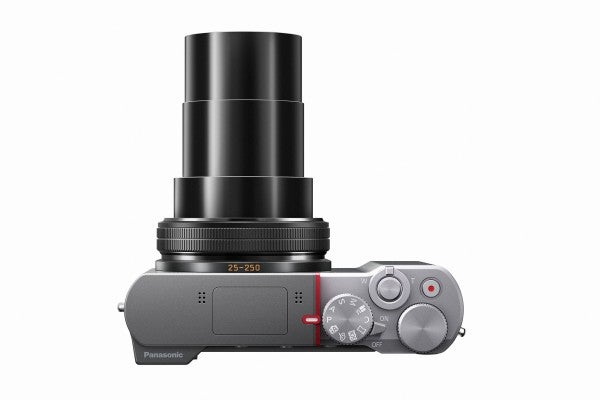
The TZ100’s lens is the reason that Panasonic can claim that it has created a new sector in the compact market.
Other small one-inch type cameras, such as the Canon G7X or the Sony RX100 IV, feature a relatively limited optical zoom lens. However, the TZ100 offers an equivalent of 25-250mm, or 10x optical zoom, bringing it into travel zoom territory.
Of course, there is a trade off. While the Sony RX100 IV has a maximum wide aperture of f/1.8 at the wide end of its lens, the TZ100 can only offer f/2.8, rising to f/5.9 at the far end of the lens.
Both the TZ80 and the TZ70 have the same lens – a 30x optical zoom, which gives the equivalent of 24-720mm, with a f/3.3-6.4 maximum aperture.
TZ100 vs TZ80 vs TZ70: Processor

The Panasonic TZ100 uses a 20.1MP 1in sensor for improved image quality
Both the TZ100 and the TZ80 have a newer Venus engine than the TZ70. In theory, this should translate into better high ISO performance, and a faster overall experience. It’s also likely that the new processor facilitates the new 4K video modes that both the new cameras offer.
TZ100 vs TZ80 vs TZ70: Focusing

AP’s Callum McInerney-Riley tries out the new TZ100
Both the TZ100 and the TZ80 offer Depth From Defocusing technology and Light Speed Focus, whereas the TZ70 only has Light Speed.
However, perhaps a little more intriguing is Post Focus. If you have the correct mode switched on, you can take a photo, then choose the focus point after. This works by taking a series of photos in very quick succession, each with a different focus point. It’s not something you’ll want to use for every shot, but it’s a quirky bit of technology none the less.
TZ100 vs TZ80 vs TZ70: Screen
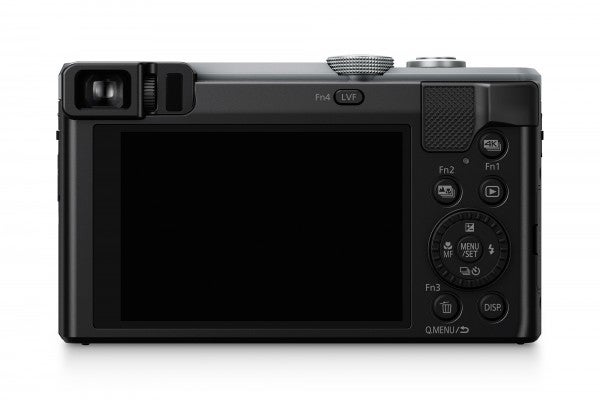
The TZ100 and TZ80 both have three-inch, 1040k-dot touch-sensitive screens, while the TZ70’s was not touch sensitive. This helps when quickly setting autofocus, as well as scrolling through menus etc.
None of the cameras have tilting or articulating screens, however.
TZ100 vs TZ80 vs TZ70: Viewfinder
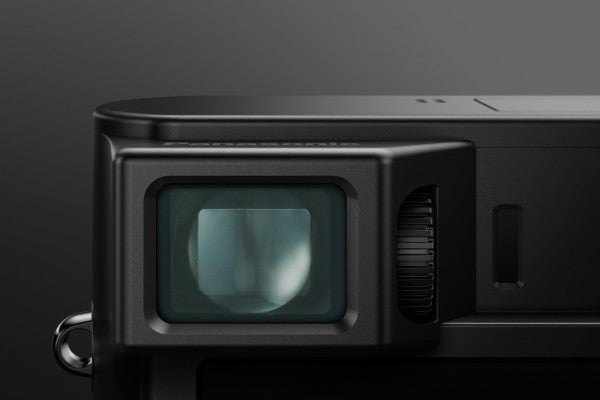
All three of the cameras share a 0.2 inch, 1160k-dot electronic viewfinder, with an sensor for automatically detecting when the camera has been lifted to your eye.
Although the viewfinder is smaller, and has a lower resolution, than that found on the Sony RX100 IV, it doesn’t require you to pop it up, so it’s always ready to use.
TZ100 vs TZ80 vs TZ70: Video
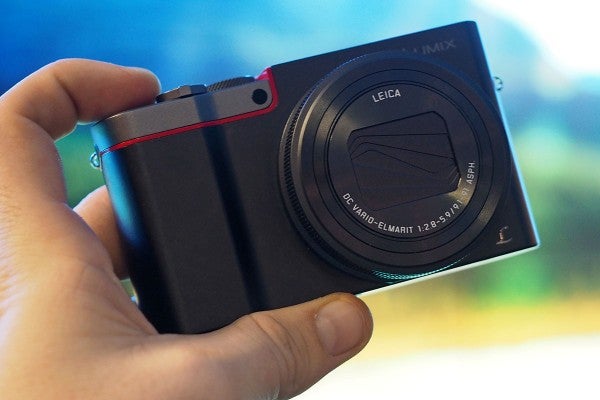
Alongside all-black, this unusual ‘silver’ version will be available
Both the TZ100 and TZ80 feature the new buzzword in camera tech to its latest models, namely, 4K video recording. This not only means that you can record video in super high resolution, there are other applications too.
For instance, you can shoot at 30fps using 4K burst mode – basically creating a video which you can extract stills from. There’s also 4K Live Cropping, which allows you to crop a video while still maintaining a high resolution.
The TZ70 features standard full HD (1080p) video recording, only.
TZ100 vs TZ80 vs TZ70: Shutter
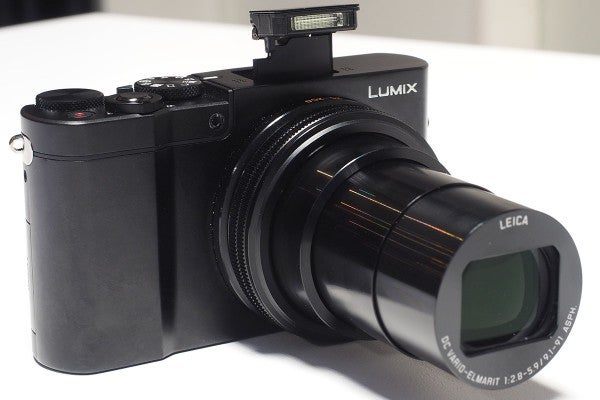
A small flash unit pops up from the top plate
While the TZ80 and TZ70 share the same type of shutter, which offers a top speed of 1/2000, the TZ100 has both a mechanical and electronic shutter. While the mechanical shutter also tops at 1/2000, the electronic shutter can be used at 1/16000 of a second.
That’s fantastic news for freezing quick moving action shots, or shooting at wider apertures in bright sunlight. The TZ100 also has a Bulb mode, meaning you can leave the shutter open indefinitely, while the longest the TZ80 and TZ70 can be left open is four seconds.
TZ100 vs TZ80 vs TZ70: Size / dimensions
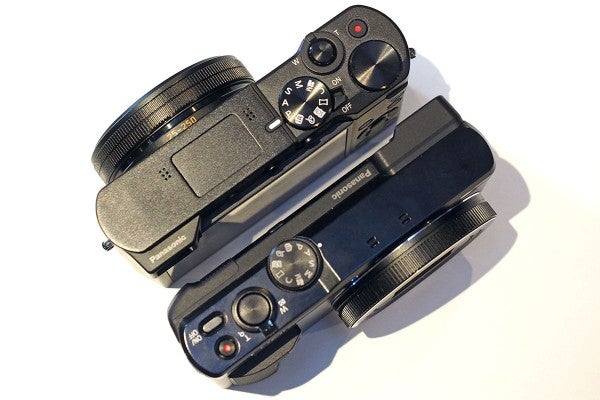
The TZ100 is only slightly thicker than its 1/2.3in sensor cousins such as the new TZ80
All three cameras share pretty similar dimensions. The TZ100 is almost the same height and width as the TZ70, but it’s a little thicker. Meanwhile, the TZ80 adds a little size in all directions.
TZ100: 110.5 x 64.5 x 44.3mm
TZ80: 112.7 x 64.0 x 38.0mm
TZ70: 110.7 x 64.6 x 34.4mm
As you might expect, the TZ100 is the weightiest of all three models, coming in at 312g, while the TZ80 is 282g, and the TZ70, 243g.
TZ100 vs TZ80 vs TZ70: Price
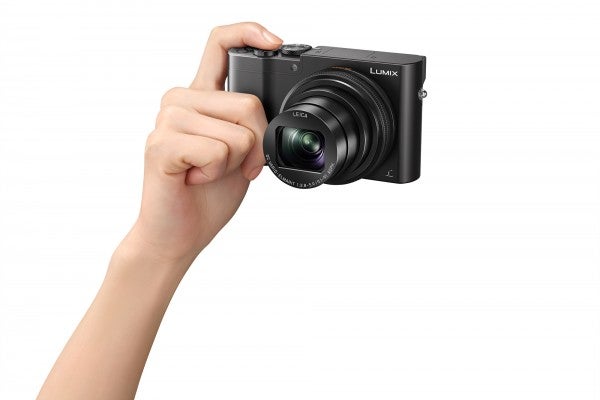
New cameras always have a higher premium the moment, they come out, but the TZ70 is available for a bargain price of just £269 right now. The TZ80, which is a more comparable successor, is set to retail at around £359. The TZ100 is the most expensive of the trio (unsurprisingly), at £529, but that compares favourably with other cameras of its kind currently on the market.
The Sony RX100 IV, for example, currently costs around £749.
TZ100 vs TZ80 vs TZ70: Conclusion
It’s interesting to see Panasonic introducing a new type of travel compact camera in the TZ100. A camera with a varied range of specifications like this, while it doesn’t quite offer everything (such as very wide maximum aperture), is very appealing to those who want to travel with a camera that offers great image quality in a relatively small package.
That said, the TZ80 is also a nice upgrade from the TZ70, and while both offer 30x optical zoom, it’s probably the 4K video recording, or perhaps the touch screen that is likely to draw new customers across to the latest model.
If you’re not too bothered by such technologies though, it’s hard to deny that the TZ70 can be picked up for a bit of a bargain now that the new cameras have been announced – you’ll probably see that price drop even further when the TZ80 makes it onto the market in the Spring.





